Rules for feeding tomatoes with yeast and how to make fertilizer yourself
Yeast is a familiar product for humans. They are a part of bakery products, kvass, and many other products. Yeast is a fungus that is rich in protein elements, amino acids. Gardeners, in order to speed up the harvest, practice feeding tomatoes with yeast. The latter can include various additional components.
Content
- 1 Biological properties and composition of yeast
- 2 Effects on seedlings and adult tomato bushes
- 3 Advantages and Disadvantages of Yeast Feeding
- 4 In what form is it better to make
- 5 How to deposit correctly
- 6 Yeast feeding recipe
- 7 What is the time period for fertilizing
- 8 Reviews of gardeners on the use of yeast
Biological properties and composition of yeast
Yeast is a single celled fungus. They include white and carbohydrate components, mineral elements, B vitamins. The gardener can use their biological properties to achieve:
- qualitative improvement of the soil composition;
- the appearance of well-flowering shoots, a significant increase in the number of ovaries;
- a significant increase in the resistance of seedlings to unfavorable climatic conditions;
- significant improvement in plant immunity;
- getting a crop that is environmentally friendly.
Effects on seedlings and adult tomato bushes
Can yeast be used to feed seedlings and adult bushes? The product can be applied both to newly appeared tomato shoots and to already formed bushes.
Enhancing tomato growth
The product allows gardeners to grow tomato bushes much faster than without using top dressing. This effect is due to the special properties of fungi, which change the composition of the soil, increasing the amount of nitrogen compounds. If you feed the seedlings with yeast correctly and in a timely manner, you can notice an acceleration in growth after a couple of days.

General strengthening top dressing
Using yeast feeding will allow the gardener to get more fruit than usual, while saving money on the purchase of expensive synthetic fertilizers. Also, the vegetation period of plants is significantly reduced. Yeast fertilization also affects the taste characteristics of tomatoes. A gardener using yeast will get fruits that have excellent flavor and aroma characteristics.
To strengthen the immune system of plants
Due to the fact that the product is a supplier of natural microorganisms, it helps to strengthen the immune system of tomatoes.It protects tomatoes especially well against late blight, a disease also known as brown rot.

Top dressing to attract pollinators
Since yeast improves the aroma of plants, fertilized bushes become the focus of attention of pollinating insects (bumblebees, bees).
This useful property of yeast feeding is relevant for gardeners who grow tomatoes in the open air, and not in a greenhouse.
Advantages and Disadvantages of Yeast Feeding
There are summer residents who believe that yeast is not a top dressing in the conventional sense of the word, but a plant growth accelerator. Be that as it may, yeast has the following advantages:
- enrichment of the earth with protein and amino acid elements, organic iron, other micro- and macrocomponents;
- acceleration of plant growth;
- improving the growth of rhizomes;
- a noticeable improvement in the immunity of tomatoes, a decrease in the likelihood of fungal infection;
- low cost, ease of preparation and use.
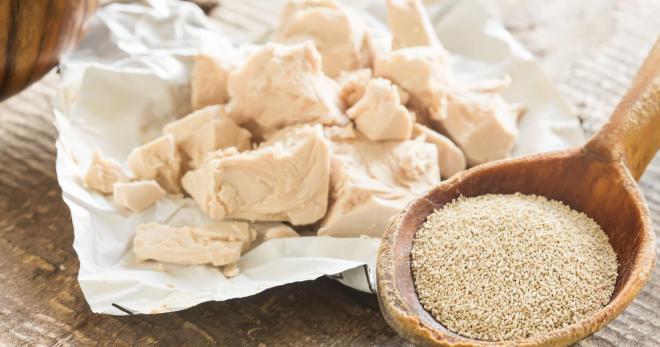
The disadvantages include the fact that yeast feeding cannot be applied more than three times per season. In addition, the fertilizer only works in warmth. In cold conditions, fermentation will stop, the effect of feeding is not manifested in any way.
In what form is it better to make
It doesn't matter which yeast is used for fertilization - raw or dry. Both will be equally effective. Top dressing can even be made from old bread with breadcrumbs.
Raw
Dry yeast fertilizer recipe:
- Place 100 grams in a ten-liter container filled with heated water.
- Pour 2 tablespoons of sugar into a container to promote fermentation.
- Wait 2 hours.
- Dissolve the resulting mixture in 50 liters of water.
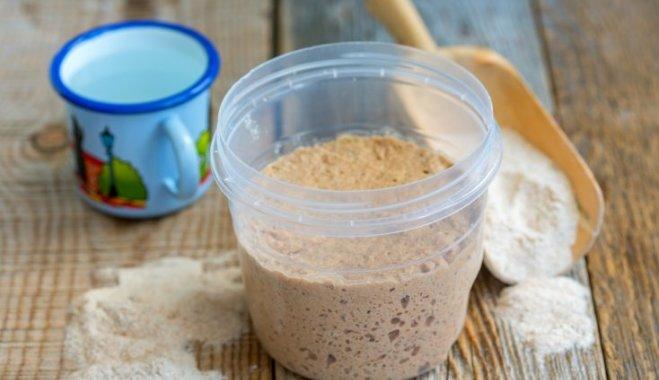
Dry
Recipe for making fertilizer from a raw product:
- Mix 200 grams of raw yeast with one liter of milk.
- Wait a couple of hours for the starter culture to increase in volume.
- Dilute the prepared mixture with water (the volume of water should be ten times the volume of the mixture).
How to deposit correctly
There are 2 types of tomato yeast dressings - root and foliar. Both types of dressings are effective, the differences are only in the method of application and composition.
Under the root
It is recommended to fertilize tomatoes by the root method as soon as 2 leaves appear on the seedlings. The essence of the method is simple watering of plants. Formed bushes are watered with 2 liters of top dressing. For seedlings that have taken root in a new place, you need four times less fertilizer.
![]()
Foliar method
Foliar dressing is very beneficial for tomatoes. After the seedlings are transplanted into a greenhouse or garden bed, it is not recommended to water them. The root system has not yet developed enough, therefore the tomatoes are sprayed.
Foliar dressing has the following advantages:
- it is possible to do seedlings in the early stages of life;
- capillaries of stems and leaves deliver useful elements in full. Delivery of nutrients is carried out much faster than when applying top dressing;
- the prepared mixture is saved.
Attention! Foliar dressing should be less concentrated than root dressing. Otherwise, the gardener runs the risk of burning the leaves of the plants.
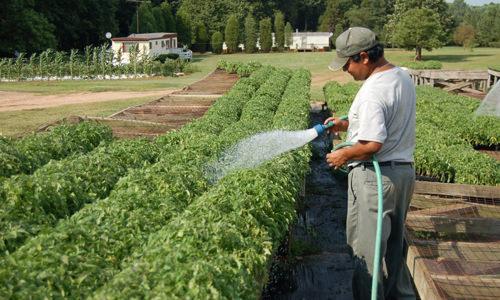
Yeast feeding recipe
Top dressing can be prepared according to a variety of recipes. Each of the recipes differs from the others in a special ingredient.
With hops
Collect 1 cup of hop cones and put them in boiled hot water. The buds are boiled for about fifty minutes. After the broth has cooled, pour 4 tablespoons of flour, 2 tablespoons of sugar into it. Put the mixture in a warm place for a day. After that, supplement it with a couple of potatoes, chopped with a grater, leave for another day. Pour 9 liters of water into the mixture, pre-filtering.
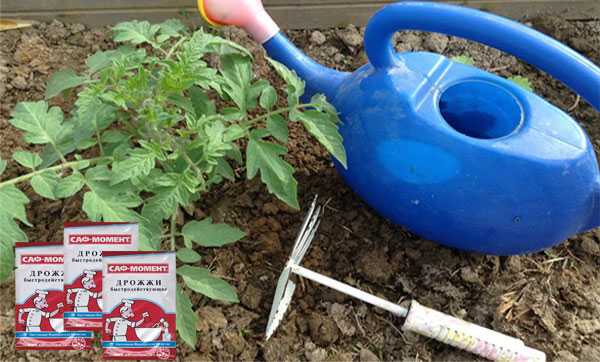
With chicken droppings
Mix together one-third cup granulated sugar, 1/4 kilogram raw yeast, wood ash, and chicken droppings (two cups each). Leave the mixture to ferment for 2 hours. In order to prepare a working top dressing, pour the mixture into a ten-liter container of heated water.
From live yeast and nettle
You will need a capacious fifty liters container. Collect green nettles. Wandering, the grass saturates the liquid with nitrogen elements. Chop the nettle, place in a container. Add half a kilogram of yeast and a loaf of bread. Then pour heated water into the container (so that it completely floods the mixture), let it ferment for a couple of days. Check if the fertilizer is ready, perhaps by the unusual scent of the nettle that has fermented. Dilute the mixture with water (one in ten). One bush will need a liter of top dressing.
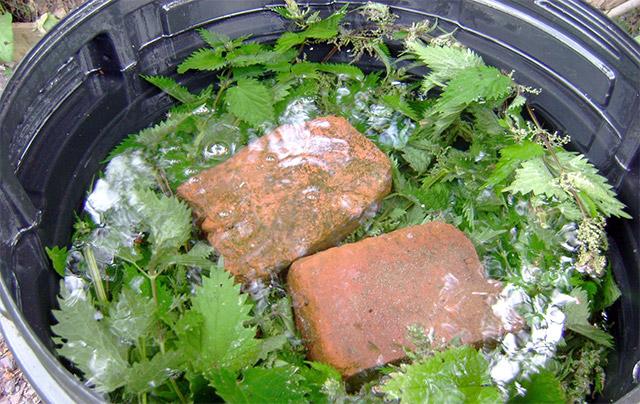
With milk
In order to make this top dressing, you will need 1 liter of milk (from a cow), a couple of bags of granulated yeast (seven grams each). Fermentation takes about three hours. Each liter of the finished mixture must be poured with ten liters of heated water.
Yeast with sugar
You will need ten grams of yeast product, one third of a glass of granulated sugar. Pour the ingredients into a bucket of heated water (volume 10 liters). You can put a couple of ascorbins and a handful of earth in there to enhance the effect of the fungi. Fermentation lasts a couple of days. Remember to stir the mixture. Dilute one to five with water.
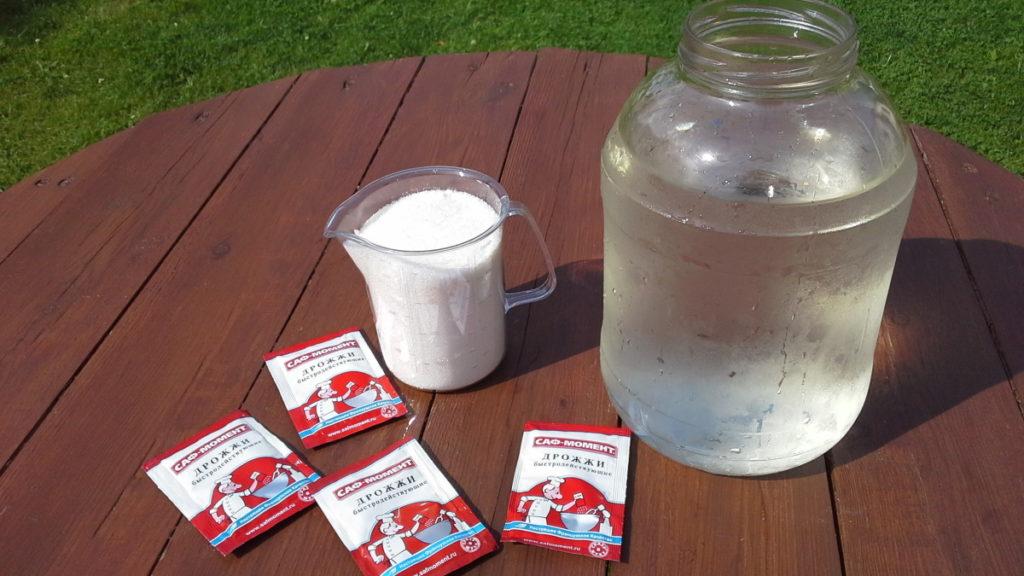
With ash
Mix one hundred grams of yeast product with ten liters of heated water. Pour half a kilogram of wood ash into the mixture. Fertilizer can be used while tomatoes are actively growing.
With bread additives
Take one hundred grams of yeast, ten liters of water. Mix it all in a bowl. Add half a kilogram of bread crumb to the mixture. You can use crackers that are softened with liquid. Also pour half a kilogram of chopped grass into the mixture (do not use quinoa, phytophthora spores often settle on it), let it ferment for a couple of days. At the end of fermentation, dilute the solution with warm water in a ratio of one to ten.
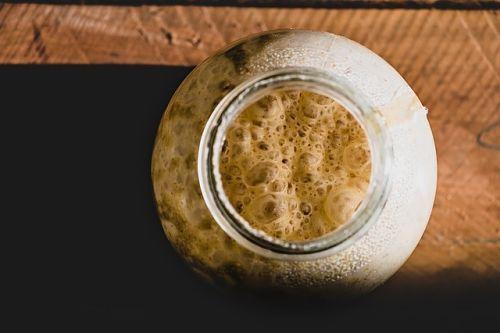
What is the time period for fertilizing
When planning to use yeast feeding, you need to consider the following factors:
- Season. Fertilizing plants at the root is allowed only when the earth is warmed up. The first time you do not need to rush, it is recommended to wait until the end of spring or the beginning of summer. During this period, the earth is warmed up, useful elements are absorbed completely. Another important factor is the time to use the top dressing. It is best to fertilize tomatoes at sunrise or at sunset when the sun is not shining too much. If tomatoes are growing in a greenhouse, top dressing should be done in the morning so that the tomatoes are dry before sunset.
- Ground condition. If the open ground is dry, it should be slightly moistened before applying the fertilizer.
- Dosage. Do not think that yeast fertilizers are generally harmless. An overdose can lead to the fact that the condition of the tomatoes deteriorates, the amount of the crop will decrease.
- Application frequency. Tomatoes are fertilized with yeast a maximum of three times per season. The product fills the soil with nitrogen elements, but removes potassium and calcium. In view of this, it is advisable to add wood ash to the fertilizer or pour ash on the beds.

Reviews of gardeners on the use of yeast
The yeast product consists of about 60 percent protein elements, which allows it to be effectively used for feeding tomatoes. The vast experience of Russian gardeners shows that, by correctly fertilizing tomatoes with yeast, you can improve the general condition of the tomatoes and get an excellent harvest.
According to summer residents, fertilizer is an excellent combination of low price and high efficiency. In addition, gardeners note that yeast feeding is very easy to make.
Summer residents practically do not notice the disadvantages of yeast feeding. The most effective way, according to gardeners, is to use yeast for feeding tomatoes growing outdoors, since in this case the fertilizer attracts the attention of pollinators.

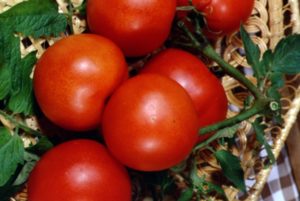
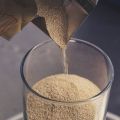

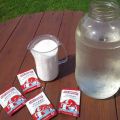

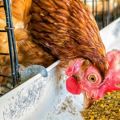
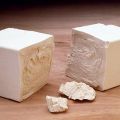

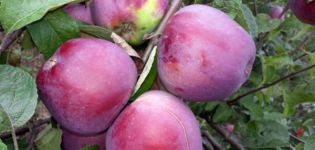
Self-made fertilizers are not always more effective than purchased ones. Now the market is just overflowing with mineral products that will help tomatoes grow quickly and without problems.